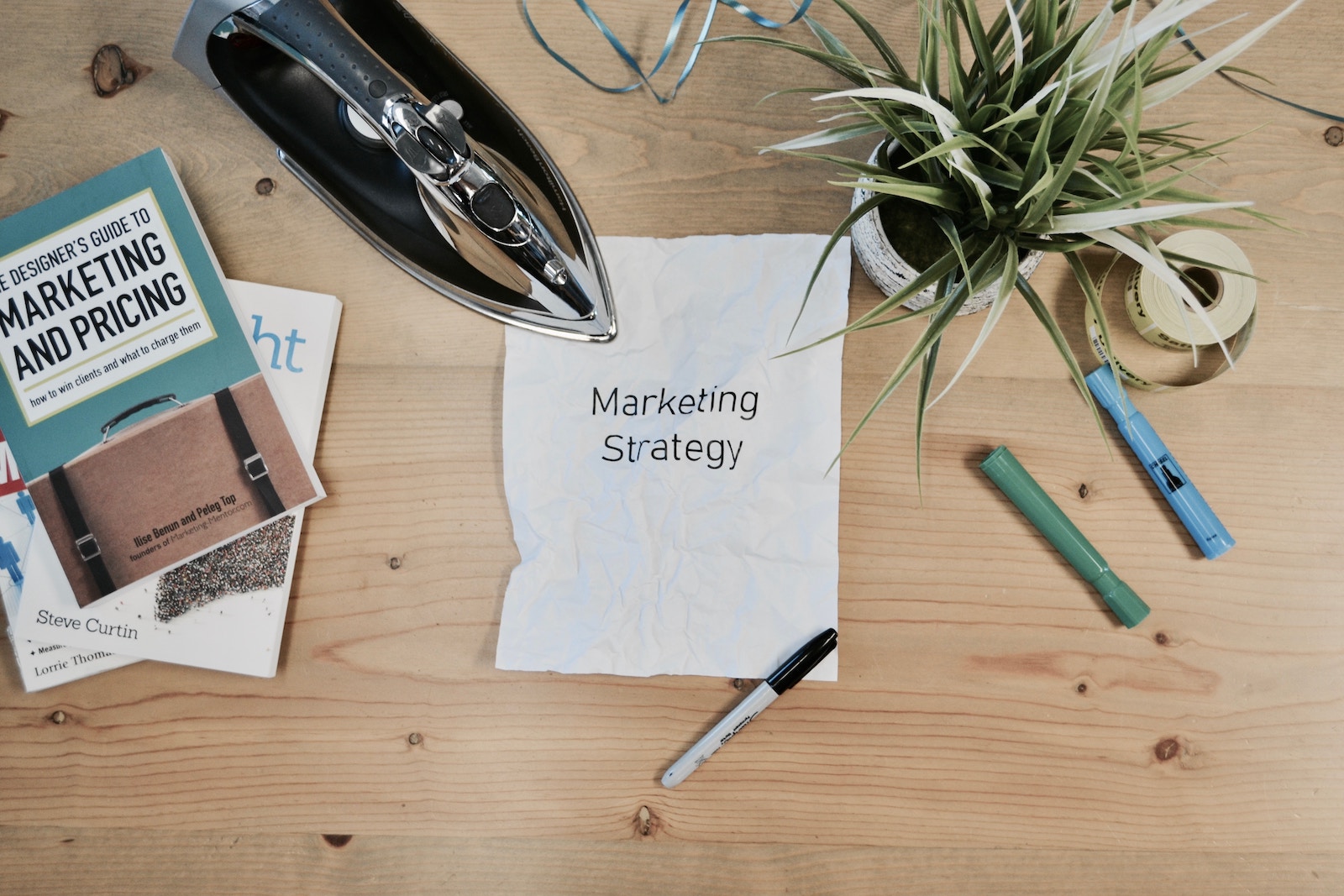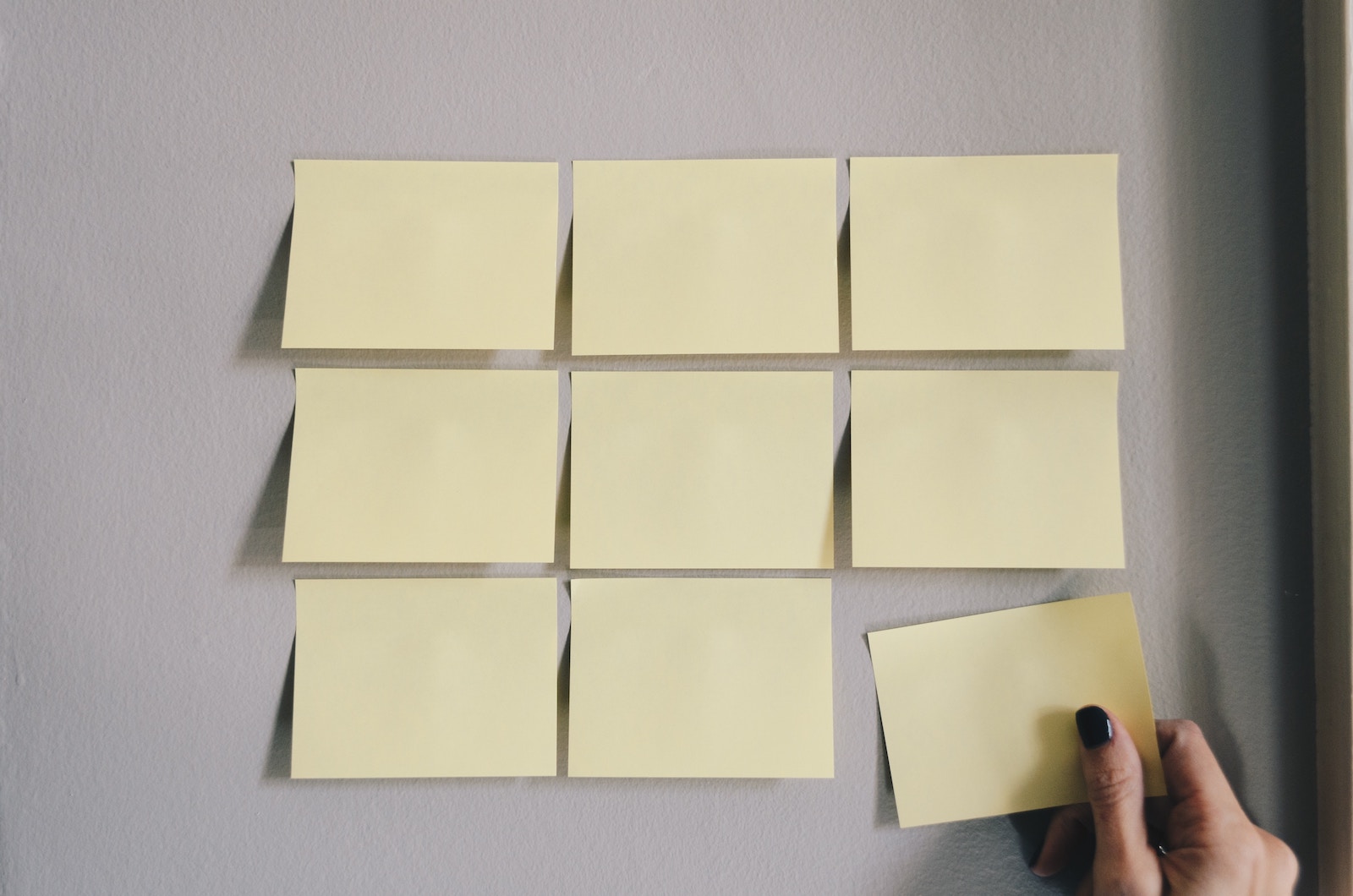Whether you realize it or not, having a logo is key to the success of your website. Hiring a designer isn’t cheap, however, which may make acquiring one seem out of reach.
In reality, creating the perfect logo isn’t as difficult as it seems. Even if you don’t have any design experience, it’s very achievable with just some basic knowledge and the right tools.
In this post, we’ll explain why a logo is so important, and discuss which elements yours needs in order to succeed. Then we’ll walk you through the design process. Let’s get to it!
Why Your Website Needs a Logo to Succeed
A logo is important for a few closely-related reasons. For starters, it’s a central part of your ‘brand identity’, which consists of all the visual elements related to your website. This can include your color scheme, fonts, and even your messaging.
These features may seem incidental, but in reality, successful websites are very intentional about choosing and implementing them. Your brand identity determines how visitors will perceive and interact with your site, which is important for landing conversions.
An effective brand identity – and therefore logo – will foster brand recognition and loyalty, both of which are key to building a following. When you have an audience that keeps coming back to your site for more, you can create a steady stream of revenue.
The Key Elements of a Quality Website Logo
When it comes to logo design, there are a few vital elements you’ll want to consider in order to make yours both memorable and professional. To start, here are three features every design needs:
- A color scheme. This is generally two or three major colors that complement each other, which you’ll use throughout your logo, website, and other marketing materials.
- One or two fonts. Fonts can also play a key role in the cohesiveness of your website and logo. Usually, you’ll want to stick with a single font in your logo, to keep it from appearing crowded.
- Shape. The shape your logo takes will be important too. It will contain your logo, and keep it distinct from the rest of your site. Circles and squares are popular options, but it’s okay to get creative.
Additionally, you’ll need to include some kind of identifier for your brand. This element is what you want to stick in visitors’ minds to generate brand recognition. You might use one or a combination of the following to do that:
- Your brand name: The name of your website, usually in a stylized font.
- A slogan: A short statement or phrase that communicates your brand’s mission.
- A symbol: A simplified image that has a clear relationship with your brand.
Your identifier(s), combined with the design elements we mentioned, will encompass your entire logo. Consider The Home Depot as an example:

Its signature bright orange is eye-catching and unforgettable. It also uses a stocky, stable font, and has its name as an identifier.
Target is another example:

Once again, the company has chosen a very specific and memorable color scheme (red and white). The element of shape is also noteworthy, and there’s heavy reliance on a simple symbol – the bullseye – to identify the company’s brand.
How to Design an Effective Logo for Your Website (In 3 Steps)
The examples above are logos from well-known and instantly-recognizable brands. However, when you break them down, they incorporate just a few simple elements that you can easily use to design your own professional and effective logo. To get started, all you need to do is follow these three steps.
Step 1: Consider Placement, Colors, Fonts, and Symbols
The first step to creating your logo is to consider the elements we discussed above. You’ll need to choose a color scheme, a font, and any symbols you want to use to represent your brand.
Keep in mind that each of these features communicates something about your brand to your visitors. For example, yellow is generally considered a cheerful color, while a grayscale logo appears more serious. Serif fonts look traditional, while sans-serif text comes across as modern.
It’s also important to think about where you’ll feature your logo. If you want to use it on Instagram, for example, it needs to crop square. In addition, a slogan isn’t well suited to a logo that will be very small, since the text will be hard to read.
Step 2: Create Your Logo
With all your elements in place, it’s time to put them together into a unique logo. If you’re still feeling a little hesitant about your design capabilities, you might consider using a tool like Looka to complete this step:

This platform uses Artificial Intelligence (AI) to craft the perfect logo based on your preferences. Simply answer a few questions, and Looka will generate a logo for you. The process is completely free, although you’ll need to purchase the finished product in order to use it on your website.
If you choose to design your logo by hand instead, remember to keep it simple. A cluttered logo is difficult to remember. If you take another look at the examples we mentioned above, you can see firsthand how simplicity pays off.
Step 3: Test and Evaluate Your Logo’s Effectiveness
Your work isn’t finished once you have your design in place. Next, you’ll want to test it out on your site and make sure it fits in nicely with the rest of your design. You may find that you need to tweak the shape, choose a more readable font, or find a less distracting accent color.
If you already have a following, you may want to consider involving your existing visitors in the evaluation process. You can implement A/B testing to compare the effectiveness of different color variations, or even run a poll and let users vote on various versions of your logo. This will help you hone in on the best possible design.
Conclusion
A high-quality logo is vital to the success of your website. This can make things difficult if you’re launching your first website, and you don’t have the budget to hire a professional designer to create one for you.
Fortunately, you can easily design your own logo in just a few simple steps:
- Consider placement, colors, fonts, and symbols.
- Create your logo with a design tool such as Looka.
- Test and evaluate your logo’s effectiveness.
Do you have any questions about designing your own logo with Looka? Ask away in the comments section below!

Will Morris is a staff writer at WordCandy. When he’s not writing about WordPress, he likes to gig his stand-up comedy routine on the local circuit.







Comments
Alice
17 Nov 2019Robby
04 Dec 2019